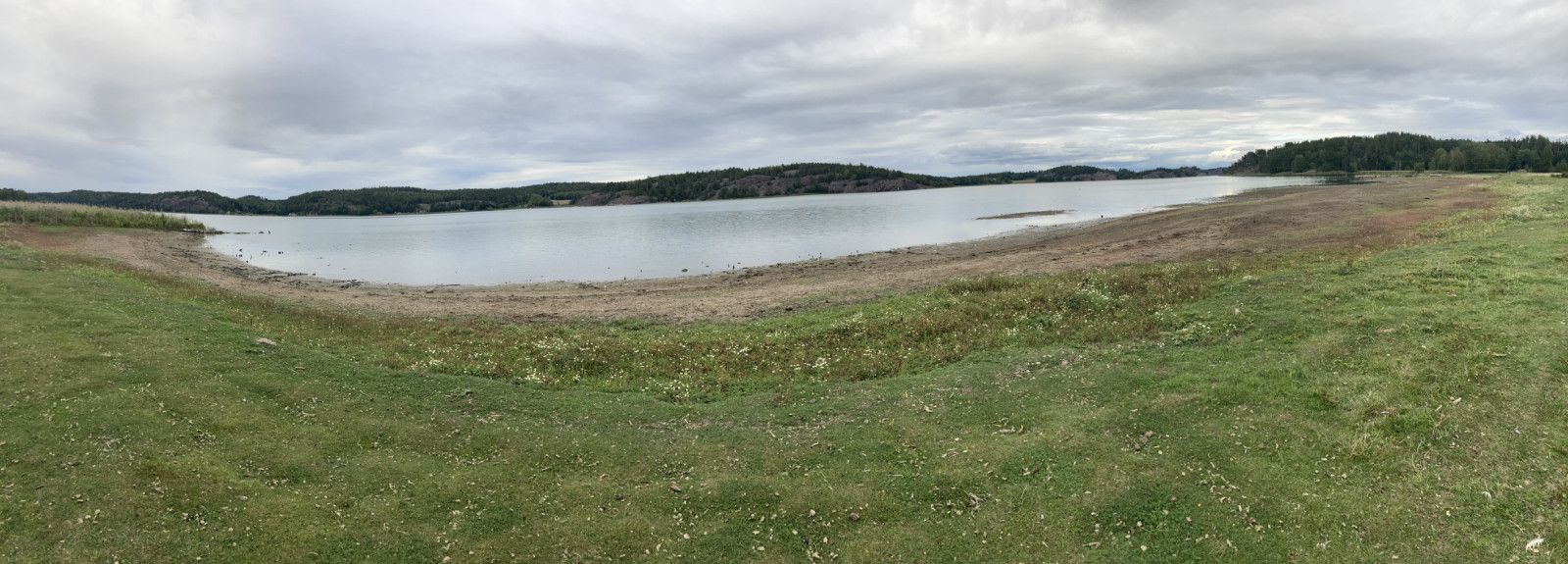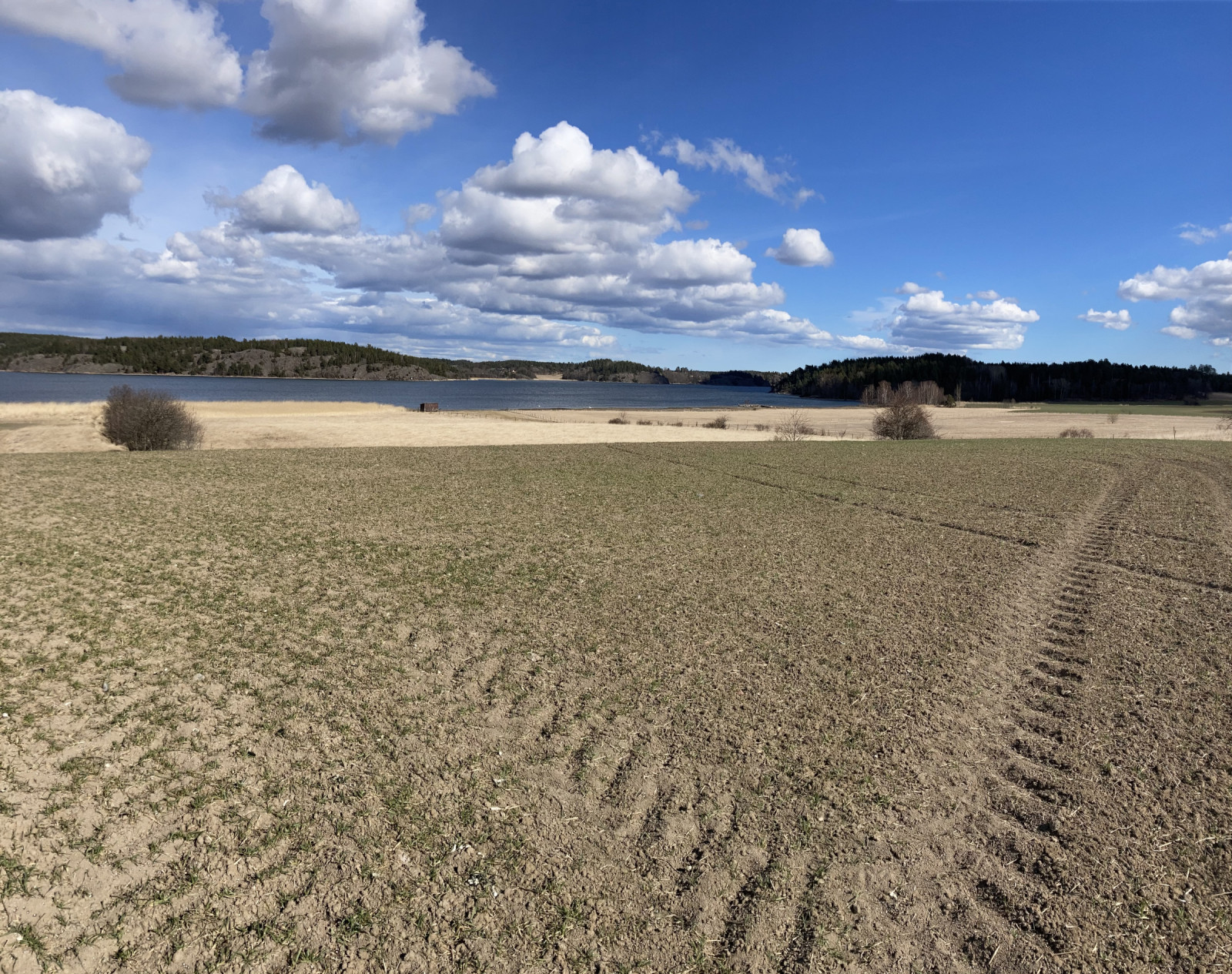Descrizione
The birds start to arrive at Killingholmen in February when the ice starts to loose its grip on the coastal waters. Then ducks start to rest in the shallow parts of the bay; Moretta (at most 100) and around 1000 Smergo maggiore can be found. Also the rarer winter ducks like Alzavola, Moriglione, Pesciaiola, Moretta grigia and Smergo minore. A few hundred geese and around 100 Cigno selvatico feed on the areas fields and coastal meadows around march. In March the other early spring birds also arrive; Allodola, Colombaccio, Storno and Pavoncella. In spring you can find Basettino in the reed beds.
Year round Sparviere, Aquila di mare and Poiana are the common predatory birds. But Aquila reale, Albanella reale and Nibbio reale pass by the area. Most common passerine birds arrive in March/April. Slätbaken is a stopping point for passerine birds, which makes it common to find uncommonly early Tottavilla and Tordela.
From late February and in March the owls in the area can be heard calling. Allocco Civetta nana and Gufo reale are sometimes heard. In March more geese start to arrive and not only the common Oca canadese and Oca selvatica. Also Oca lombardella (at most 67) and Oca facciabianca (at most 100). Oca granaiola della taiga, Oca granaiola della tundra and Oca zamperosee are sometimes found. Also Cigno minore has been observed.
On the coastal meadows large amounts of passerine bird start to rest in the end of March and in April. Pispola, Ballerina bianca, Fanello are the most common. Among these Spioncello marino is regularly seen. In the large grassy areas Gufo di palude can be found. On the coastal meadows Piro piro piccolo, Piro piro culbianco, Pettegola, Fischione, Canapiglia, Mestolone, Piro piro boschereccio, Piviere dorato, Beccaccino and Svasso maggiore. Most common dabbling ducks are found but only Alzavola is numerous (at most 70). At the Torpa damm Marzaiola and Codone have been seen, along with smaller amounts of other ducks.
In april large amounts of thrushes move past the fields and coastal meadows. Hundreds of Tordo bottaccio, Tordo sassello, Cesena and Tordela are seen. In the end of May and April most birds disappear, except for the breeders.
In May the latest passerine birds, and night active birds arrive. On the fields Albanella minore, Falco pellegrino and Re di quaglie are found. Zafferano sometimes rest on the coastal meadows in May. Ciuffolotto scarlatto often sings here. On the meadows Oca facciabianca, Oca selvatica, Oca canadese, Canapiglia, Pettegola, Pavoncella, Svasso maggiore, Moretta, Quattrocchi and Folaga breed. In the area Picchio rosso minore, Averla piccola, Alzavola and Cigno selvatico breed. At Storåns river mouth you can observe Martin pescatore.
During autumn Hov strandängar becomes better for birding. From July the area is a good site for wading birds such as Pavoncella, Chiurlo maggiore, Corriere grosso, Corriere piccolo, Piro piro piccolo, Beccaccino, Piviere dorato, Pantana, Pettegola, Combattente, Piro piro boschereccio and Piro piro culbianco. These are all common, while Gambecchio comune, Piovanello pancianera, Chiurlo piccolo, Gambecchio nano and Piovanello comune are more rare.
Other wetland birds are often found. Among the rarer birds Martin pescatore, Sterna maggiore, Pettazzurro and Airone bianco maggiore can be noted. Large amounts of gulls, geese and terns can be found, especially Oca selvatica which some years have been found as numerous as 3000.
Large amounts of passerine birds are found in the meadow areas. The most numerous passerine birds are Cardellino (250 at most), Rondine (500 at most), Stiaccino, Culbianco, Storno (600 at most). Later in autumn Tuffetto, Frullino, Fanello nordico, Svasso cornuto, Pesciaiola and Moretta grigia are sometimes found.
Dettagli
Accesso
Inre Slätbaken is located east of the town of Söderköping. Parking can be found around Hov and several other places. Click on a P in the map for directions to a parking spot.





